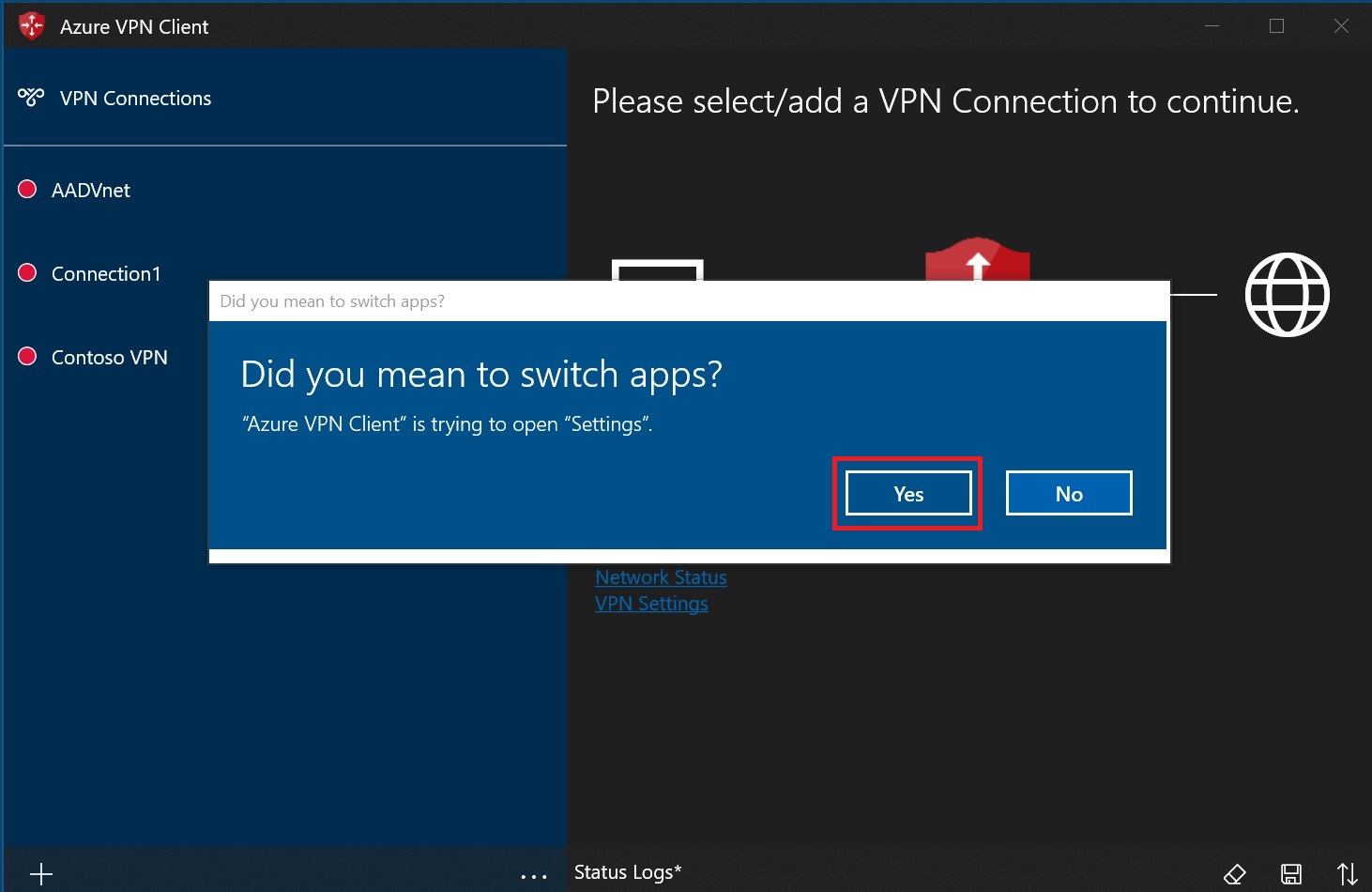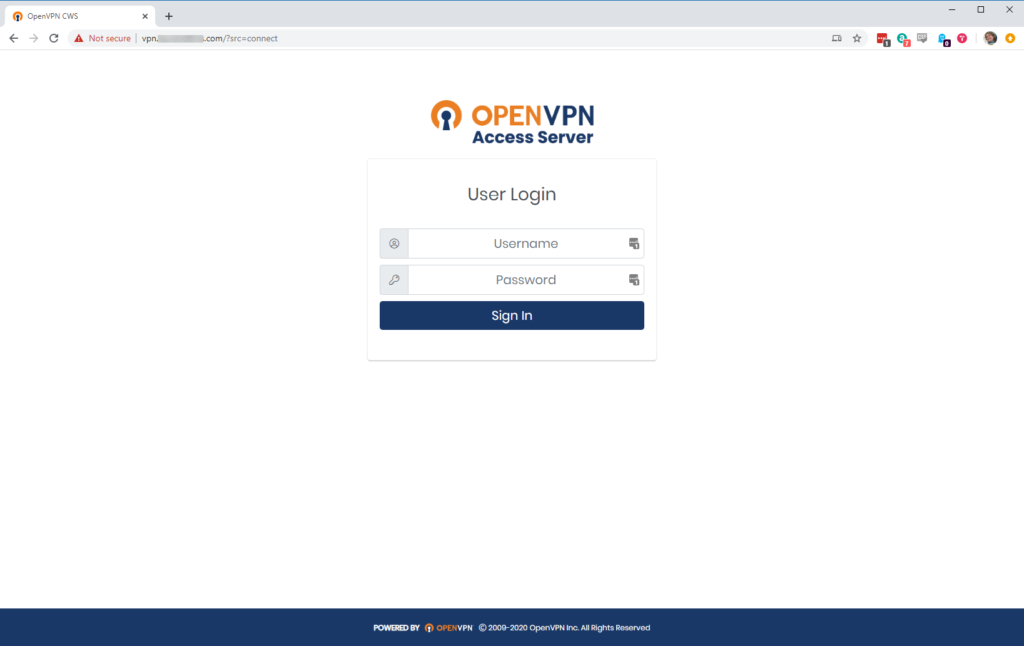
Overall, OpenVPN aims to offer many of the key features of IPSec but with a relatively lightweight footprint. OpenVPN is designed to work with the TUN/TAP virtual networking interface that exists on most platforms. OpenVPN also supports non-encrypted TCP/UDP tunnels. OpenVPN supports conventional encryption using a pre-shared secret key (Static Key mode) or public key security (SSL/TLS mode) using client & server certificates. OpenVPN is tightly bound to the OpenSSL library, and derives much of its crypto capabilities from it. OpenVPN supports SSL/TLS security, ethernet bridging, TCP or UDP tunnel transport through proxies or NAT, support for dynamic IP addresses and DHCP, scalability to hundreds or thousands of users, and portability to most major OS platforms. Navigate to to check if you are connected to VPN also do a reboot to make sure it persists.OpenVPN is a robust and highly flexible VPN daemon. You are now done configuring OpenVPN client as service on Windows OS. ‘OpenVpnService’ would automatically connect you to respective PrivateVPN OpenVPN server on boot. Note: You are not required to use OpenVPN GUI client any more. OpenVPN configuration file should connect right away and on every boot automatically.

Locate OpenVpnService (Not OpenVPN Legacy Service or OpenVPN Interactive Service) and double-click on it.Ī dialog box appears, change Startup type to Automatic, and click Apply followed by OK.

Start Run application from Start Menu or by using keyboard shortcut combination Ctrl+R and input services.msc in the text field there and click OK. Step 4 - Configuring OpenVPN service to start automatically on boot When prompted for Administrative permission, grant it to Continue.

Navigate to Program files - OpenVPN - config folder of your main Windows installation. ovpn file and th file to OpenVPN config folder Open Notepad application and type your PrivateVPN username in first line and password in second, save the file as th. Step 2 - Storing your credentials in a file ovpn file in Notepad application, look for # Crypto section and make the following changes as seen in the image below: auth-user-pass th Step 1 - Editing your OpenVPN client configuration In order to get OpenVPN GUI to auto-start and auto-connect on boot, we need to pick a single configuration for a particular location that we wish to connect on every boot.įor the purpose of this guide, I am going to use PrivateVPN’s OpenVPN-TUN-UDP configuration for India.


 0 kommentar(er)
0 kommentar(er)
